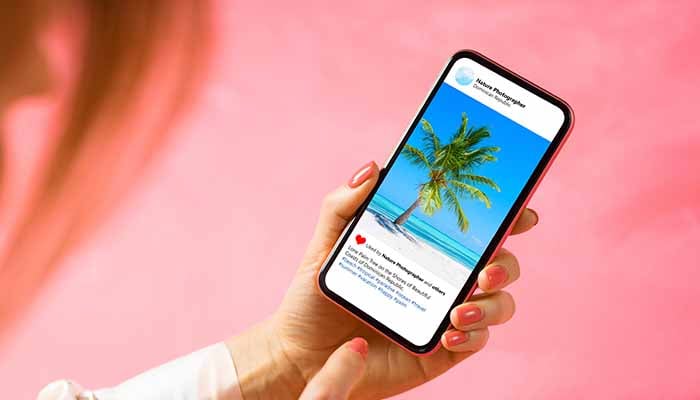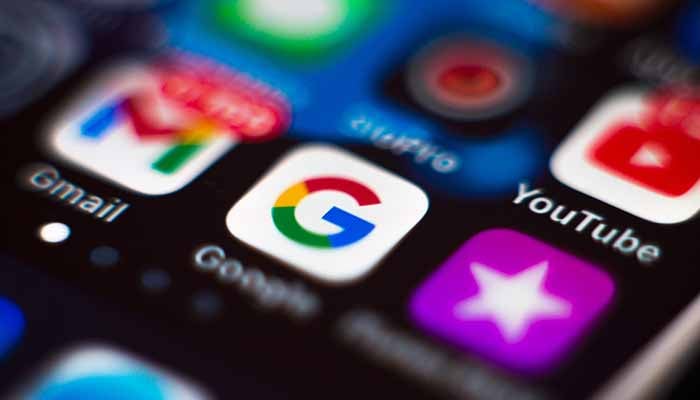From a simple communication tool to a global phenomenon, SMS technology has transformed the way we connect.
The Birth of SMS: A Revolutionary Idea
In the 1980s, the emergence of SMS (Short Message Service) revolutionized communication by introducing text messaging capabilities to cellular networks. This innovation allowed users to send short written messages to one another via mobile phones, creating a new and efficient way to stay in touch. Vodafone in particular, was well ahead in turning SMS into a reality. By 1992, the first ever SMS message was sent, marking the beginning of a new era in digital communication.
Early Challenges and Adoption
Despite its ground breaking potential, early SMS technology faced significant challenges that hindered its initial growth and widespread acceptance. One major factor that held SMS back was the inability to send texts between different networks up until 1999. This technical limitation meant that Vodafone users, for instance, could only communicate with other Vodafone subscribers, creating frustrating texting silos that limited the reach and utility of SMS.
This restriction not only inconvenienced users but also stifled the potential for SMS to become a truly universal communication tool. Overcoming this barrier was crucial for SMS to gain widespread adoption and become a universal tool for communication.
It required significant collaboration and technological advancements among mobile carriers to establish interoperability, allowing users from different networks to seamlessly exchange messages.
This breakthrough was a pivotal moment in the history of SMS, as it opened the door for the service to expand its user base and become an integral part of everyday communication, ultimately transforming the way people connected across the globe.
SMS in the New Millennium: Ubiquity and Utility
The new millennium ushered in a wave of significant advancements in mobile technology, fundamentally transforming the landscape of communication and making SMS more accessible and user-friendly than ever before.
The advent of smartphones marked a pivotal shift, as these devices were equipped with advanced features and capabilities that transformed the way people interacted with their mobile phones.

The introduction of touchscreens further enhanced this experience, allowing users to effortlessly type and send text messages with just a few taps on their screens, eliminating the cumbersome process of using physical keypads. This ease of use contributed to the widespread acceptance of SMS as a primary mode of communication.
Simultaneously, the rise of social media platforms such as MySpace, Facebook, and Tumblr began to reshape the way we connect and communicate with one another. These platforms seamlessly integrated text messaging into their services, enabling users to send quick messages, updates, and notifications to their friends and followers. This integration not only amplified the reach of SMS but also solidified its role as a crucial component of digital communication.

As a result, SMS became ubiquitous, permeating every aspect of daily life and serving a dual purpose by catering to both personal and professional communication needs. Whether it was coordinating plans with friends, sharing important updates with family, or conducting business transactions, SMS emerged as an indispensable tool that bridged the gap between personal and professional spheres, ensuring that people remained connected in an increasingly digital world.
The Impact of SMS on Society and Business
As texting evolved over the years, it became increasingly evident that SMS was not merely a tool for personal communication but also an invaluable asset for businesses across various industries. Companies quickly recognized the potential of SMS to enhance their marketing strategies, improve customer service interactions, and streamline sales communication processes. The ability to send concise, direct messages to customers allowed businesses to engage with their audience in a more personal and immediate manner, fostering stronger relationships and increasing customer satisfaction.
During the Covid-19 pandemic, the reliance on digital communication channels surged, and the usage of SMS as a marketing and sales tool experienced a remarkable growth of over 50%. This surge was driven by the need for businesses to maintain contact with their customers despite physical distancing measures and lockdowns. The convenience and immediacy of SMS made it an ideal channel for reaching customers quickly and effectively, allowing businesses to send timely updates, promotional offers, and important information directly to their customers' mobile devices.

Moreover, the high open rates and quick response times associated with SMS ensured that messages were not only received but also acted upon promptly, making it a powerful tool for driving engagement and conversions. As businesses continue to adapt to the digital age, SMS remains a crucial component of their communication strategies, offering a reliable and efficient means of connecting with customers in an increasingly fast-paced world.
The Future of SMS: Innovations and Integrations
Looking ahead, SMS technology continues to evolve with innovations like 'SMS 2.0' through Rich Communication Services (RCS), which represents a significant leap forward in the realm of mobile communication.
RCS enhances the traditional SMS experience by enabling a host of advanced features that were previously unavailable in standard text messaging. These features include read receipts, which allow users to know when their messages have been read by the recipient, and typing indicators, which show when someone is in the process of composing a reply.
Additionally, RCS supports the ability to send multimedia content such as images, videos, and files, transforming SMS from a simple text-based service into a rich, interactive communication platform. This evolution is akin to bringing the functionality of popular messaging apps directly into the SMS framework, offering users a more dynamic and engaging way to communicate.

Google has been a major proponent of RCS, integrating it into its Android Messages app and actively pushing for broader carrier support worldwide. This push for global adoption is crucial, as it aims to create a seamless and unified messaging experience across different devices and networks, eliminating the fragmentation that has historically plagued mobile communication.
These advancements are set to make SMS an even more integral part of our communication landscape, ensuring that it remains relevant and competitive in an era dominated by instant messaging apps and social media platforms. As RCS continues to gain traction, it promises to redefine the way we think about text messaging, offering a glimpse into the future of mobile communication where the boundaries between different messaging services blur, creating a more cohesive and interconnected digital world.